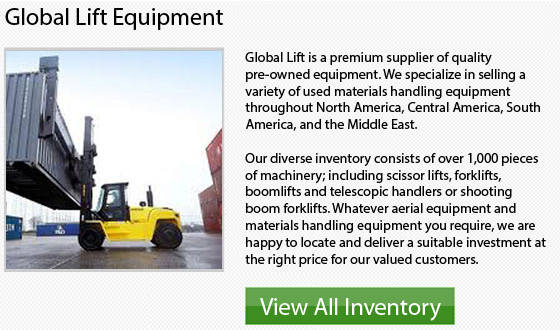
Forklifts are vehicles usually found inside factories, warehouses and other work sites where it is necessary to move heavy materials from one location to another. The mast is the mechanism situated on the front of the forklift which hydraulically lowers and raises the load. The "cat" is the area which is protected where the forklift operator sits.
Forklifts are capable of carrying loads between one and five tons in weight. Several models can be used to carry shipping containers and loads which are much heavier.
Forklift tires must be maintained and checked regularly. The kinds of tires on different forklifts differ according to factors like for example weight of the loads, ground surfaces and frequency of use. Every forklift driver should have access to a forklift jack, tire press and replacement tires.
Tire Maintenance Instructions
Perform tire inspections regularly. Watch for signs of damage and wear to the tires. If the wear on the tire exceeds 40 percent, it must be replaced.
When buying tires, ensure that you are purchasing the right type - polyurethane, solid or pneumatic.
When the tire needs replacing, position the forklift jack under the tire and lift the forklift high enough that you could change the tires easily.
You can use the tire press to pull the tire from the rim and remove the damaged tire. Install the new tire and secure it properly. If you are changing more than one tire and you only have one jack, lower the forklift, then reposition the jack at the next tire.
On-site tire repair can be performed by a repair company. If the tire is too large for both in-house and mobile tire presses, the damaged tire must be transported to a shop that has a stationary tire press.